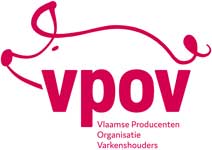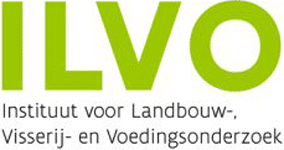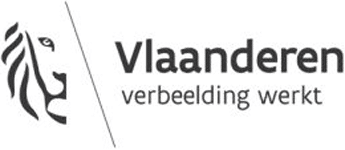Pig farming is a sector in dire straits. The constant pressure on the primary producer's margins makes it more and more necessary to maximise efficiency in order to achieve the highest possible returns at the lowest possible cost. In a fragmented, competitive sector, comparing performance is often difficult. However, the high cohesion between primary producers often makes this a success story. Business leader circles, technical and economic benchmark reports are good examples in this area. These reports compare the data of one's own company with those of peers in order to know one's position in the market and start improvement from there.
Management packages already play a major role on performance comparisons in the breeding branch (sows). The reason is that tracking breeding data is a much bigger day-to-day imperative to manage the farm.
This is much less the case for piglets and fattening pigs, which means that for many pig farmers, monitoring too often stops at the moment of weaning, even though recording the performance of piglets and fattening pigs is possible in most management programmes. However, the entry of fattening pig data is rather low-frequency, making it too little part of the daily routine. Moreover, pig farmers who already keep data for fattening do so mostly in Excel, which makes comparing results a tricky business by definition. However, partly due to the heavy pressure on pig farmers' margins, there is more and more enthusiasm to closely scrutinise and benchmark fattening results as well. After all, it is important to be able to establish a link between production management and operating results, in order to look for cause and effect. This can only be done by benchmarking internally (comparing yourself to yourself) as well as externally (comparing yourself to others).
Essential here is to compare apples to apples. It is therefore also necessary to pay sufficient attention to data unification.
Through smart use of data and linking data from suppliers and buyers, this project aims to remove as many barriers as possible that prevent pig farmers from benchmarking the performance of fattening pigs internally and externally on a continuous basis. This in both technical and economic terms.
In addition, an attempt is also being made to use production data to monitor the supply of finishing pigs. In this way, a sense of coherence can be created with the participating pig farmers which, on the one hand, answers the continuous demand from the sector to obtain an insight into the supply of live pigs in the (near) future in order to pave the way for joint initiatives with groups of pig farmers in the long run.












